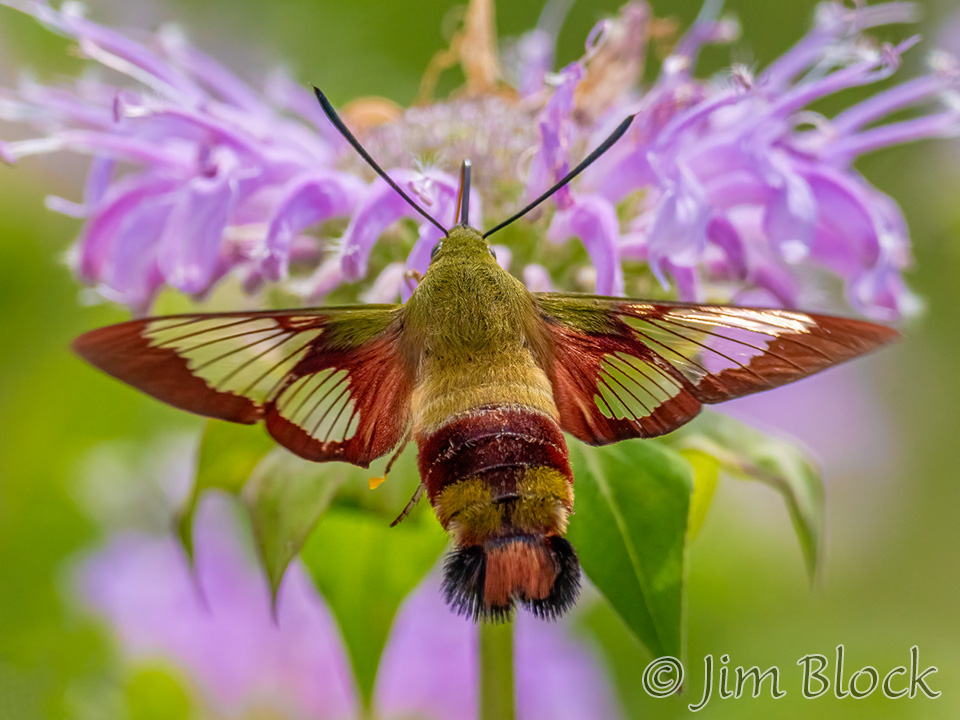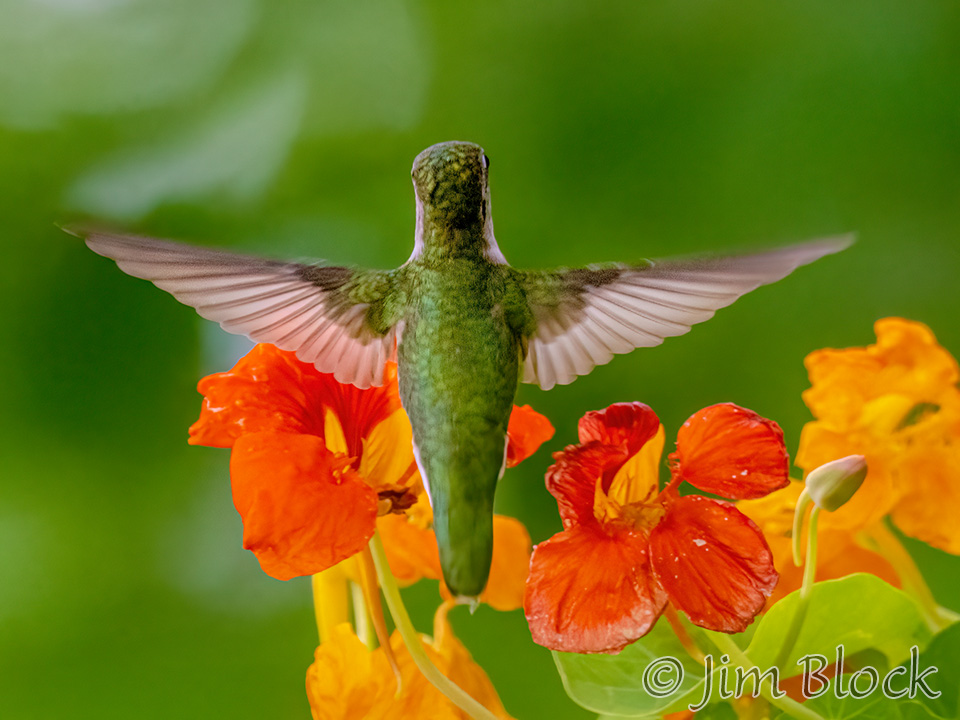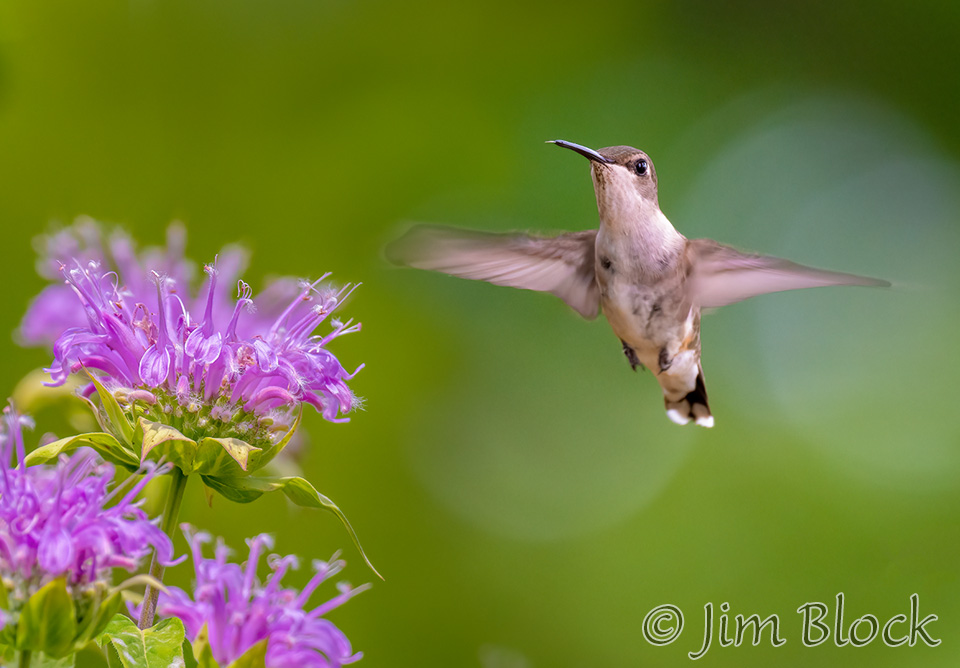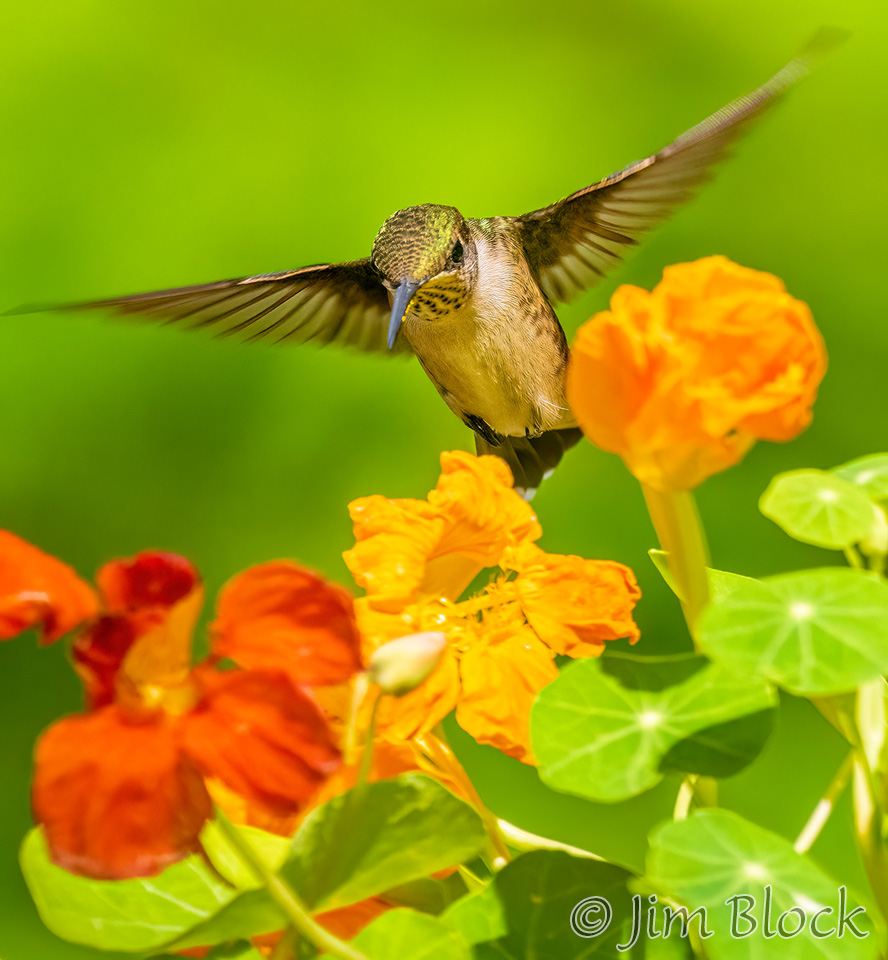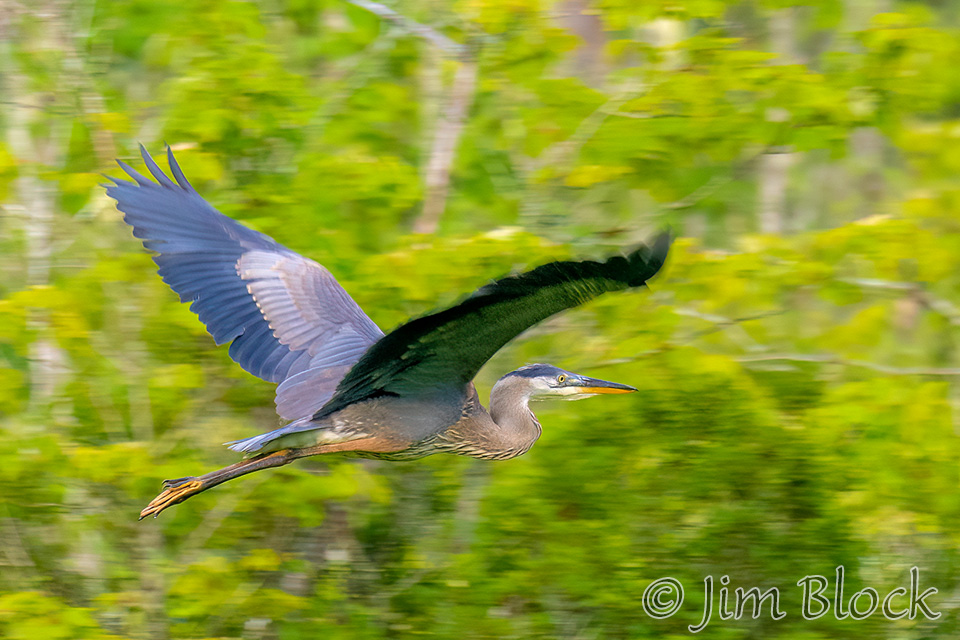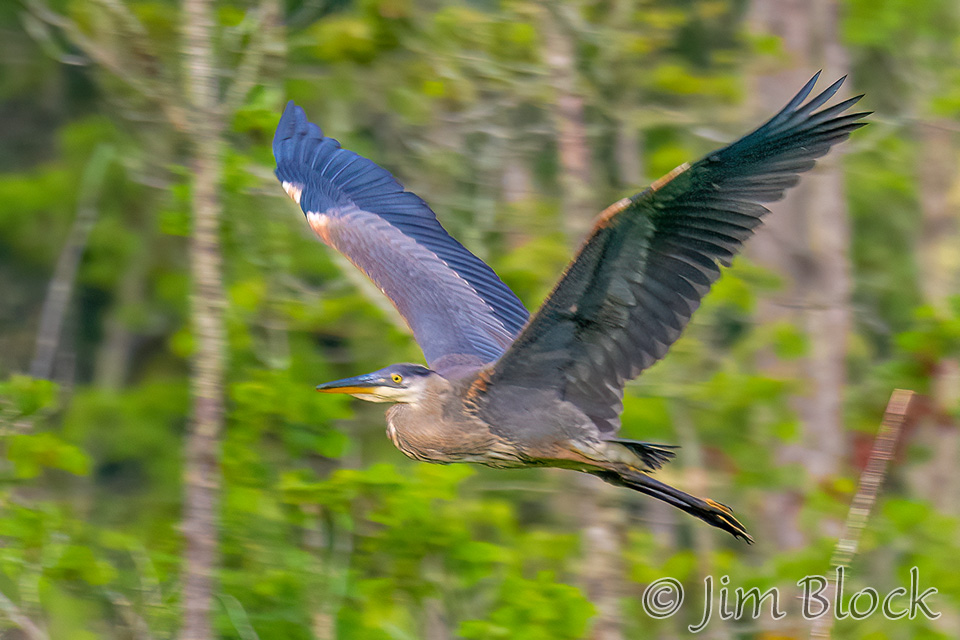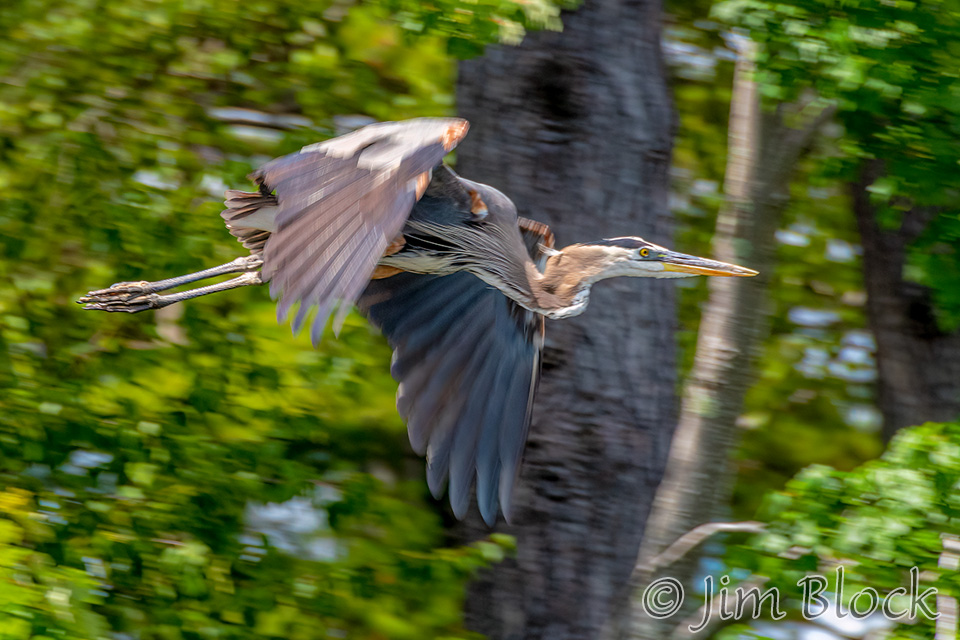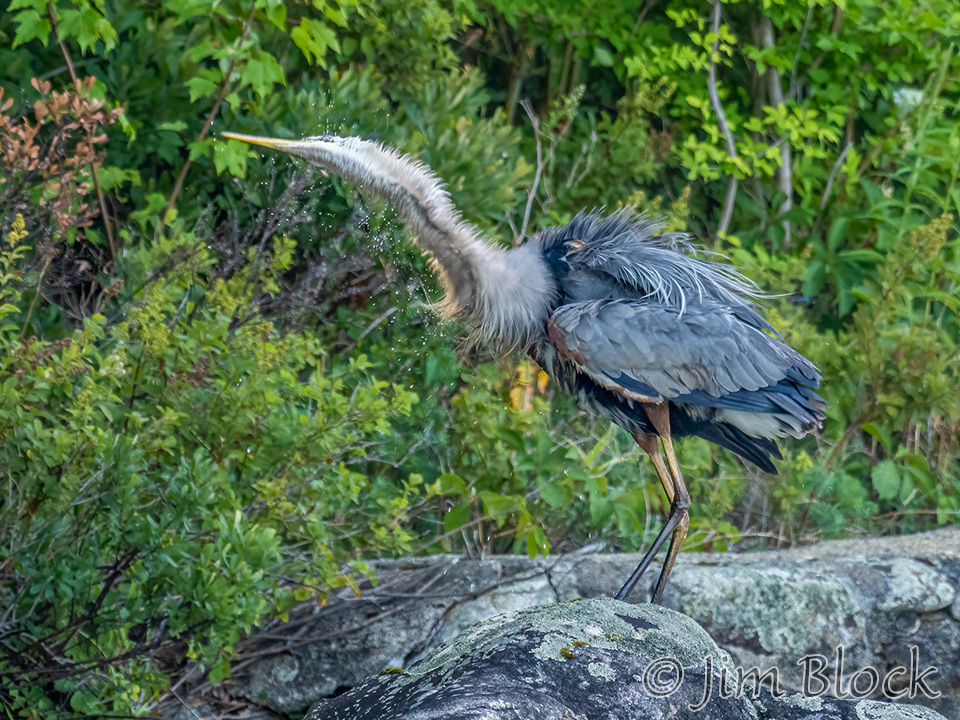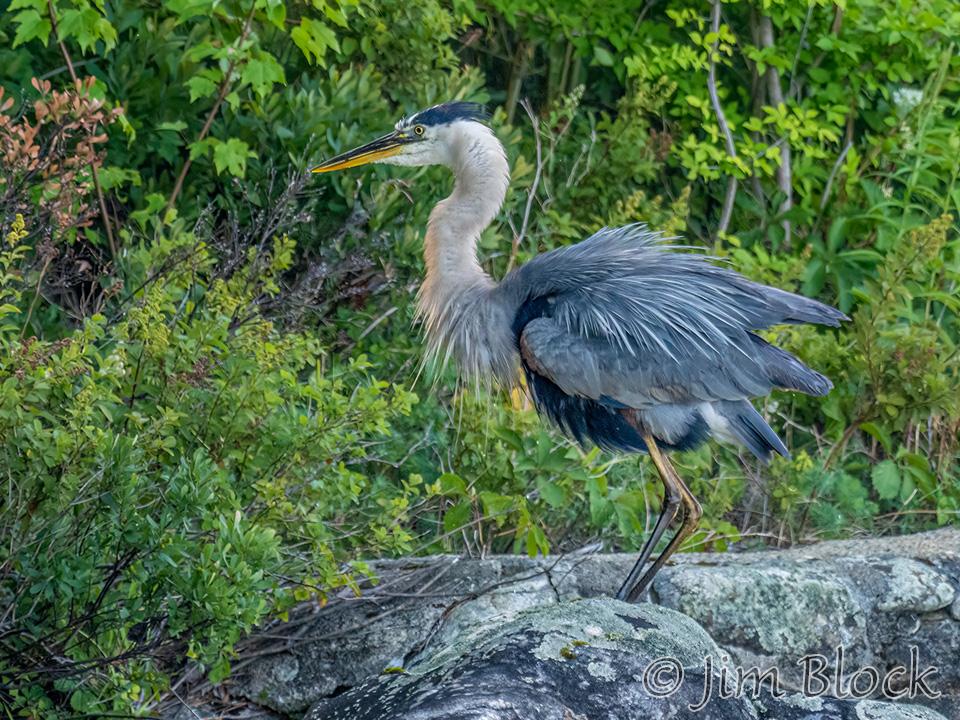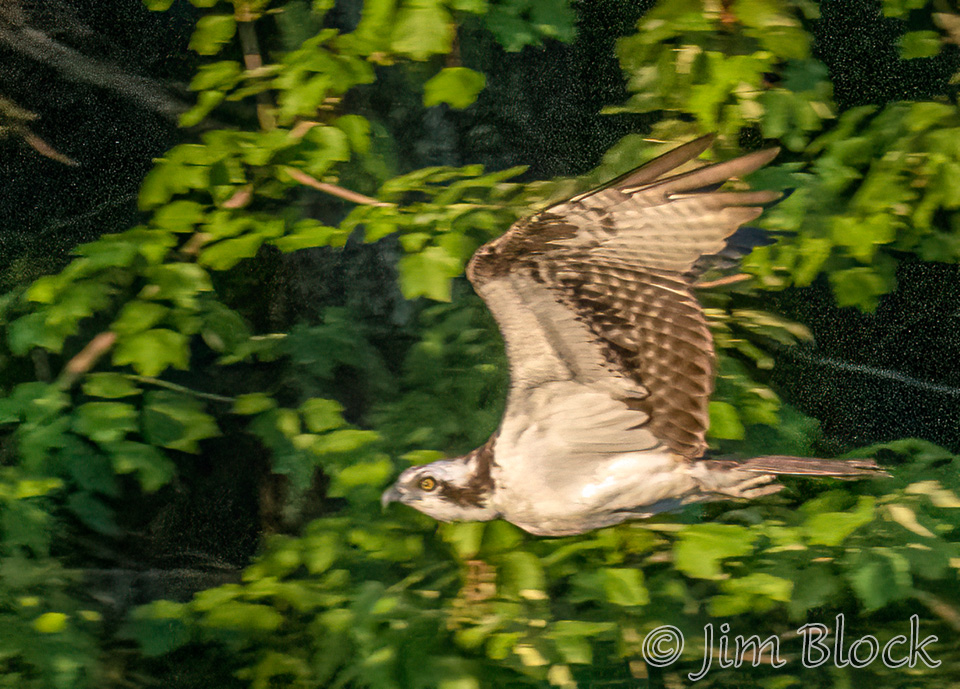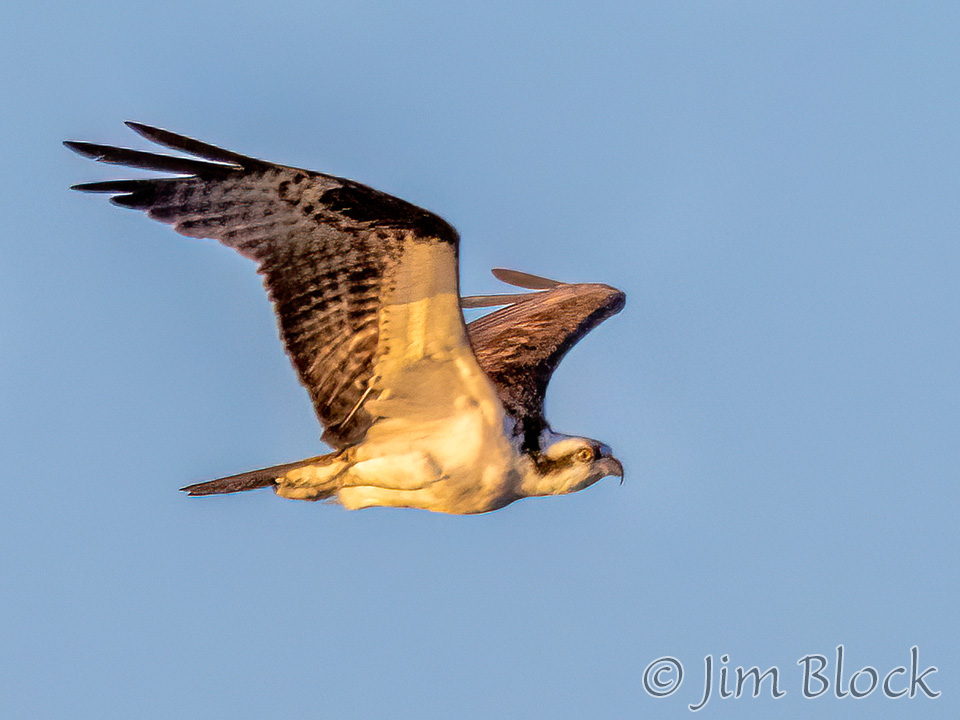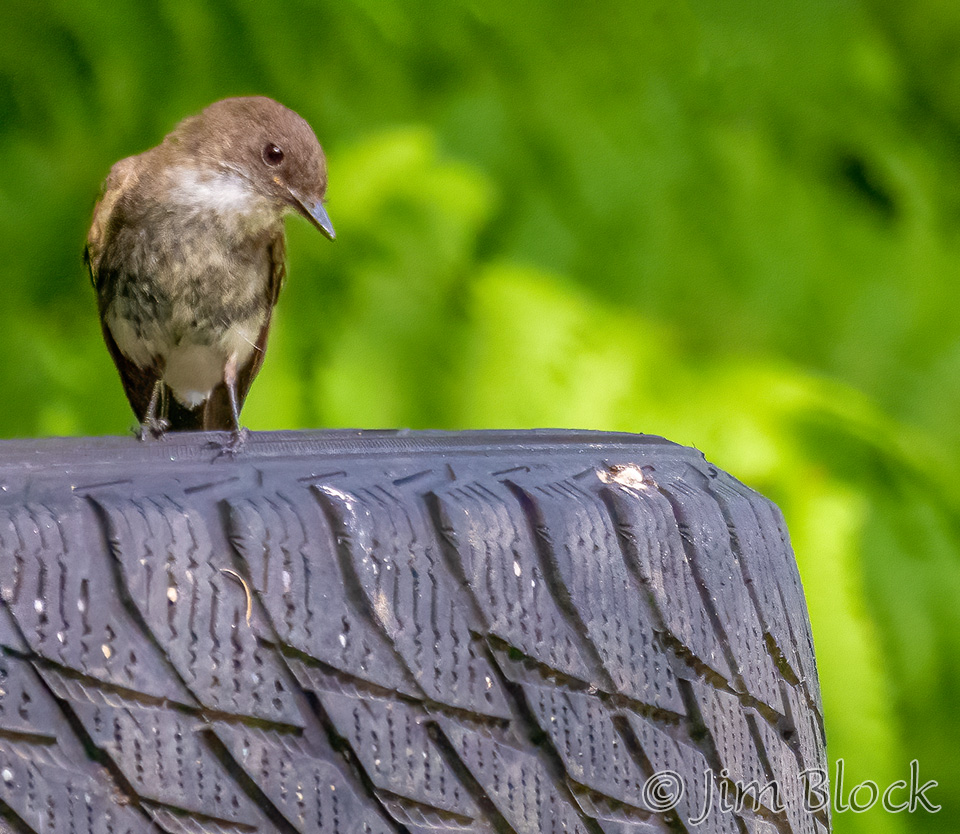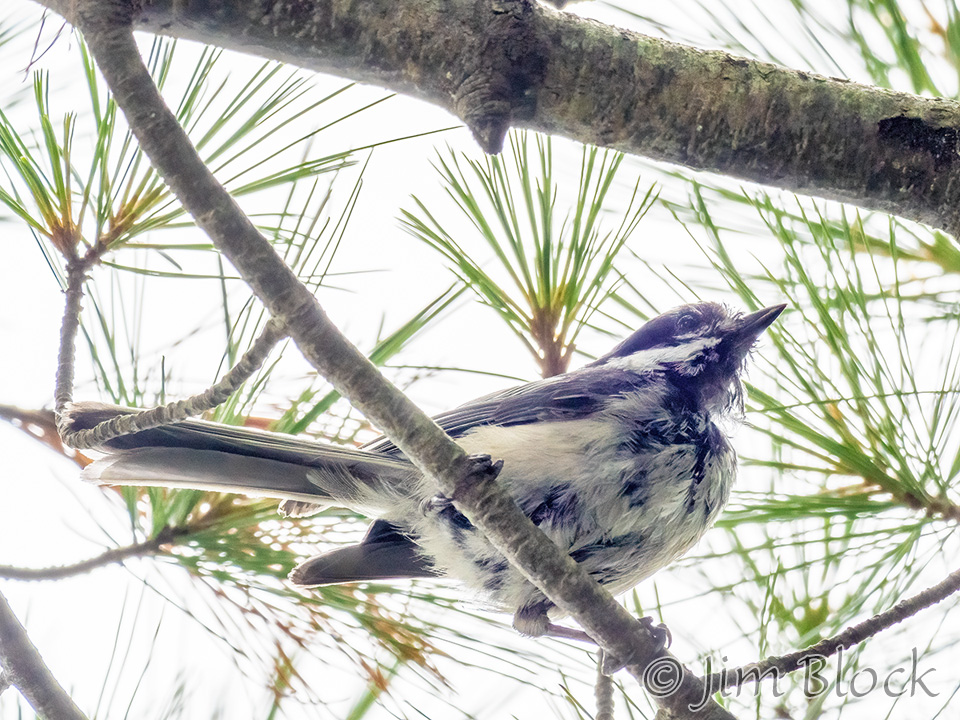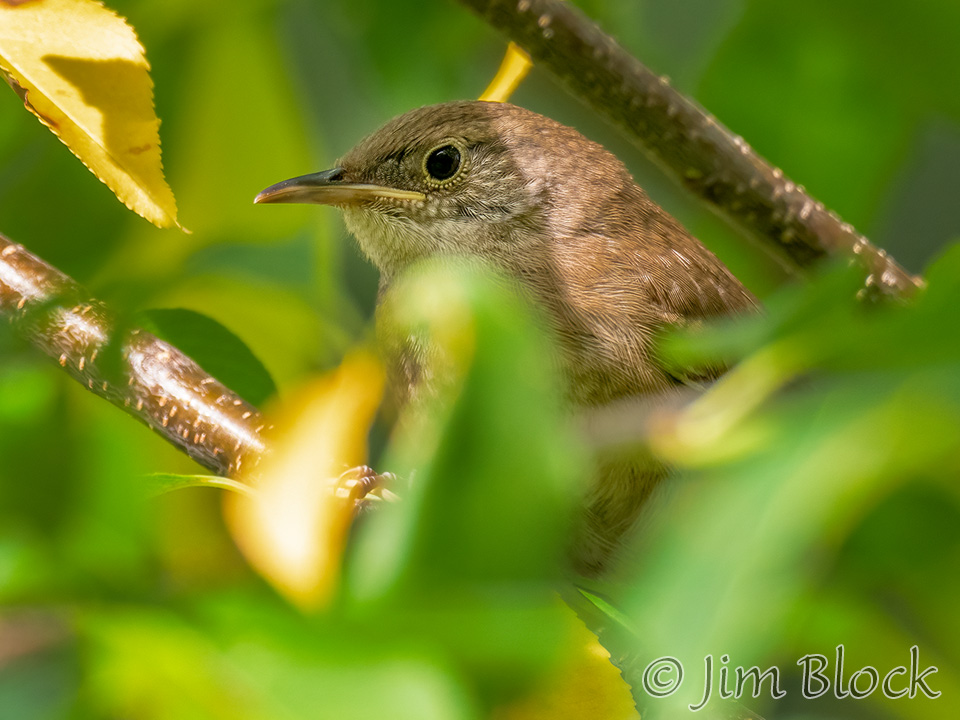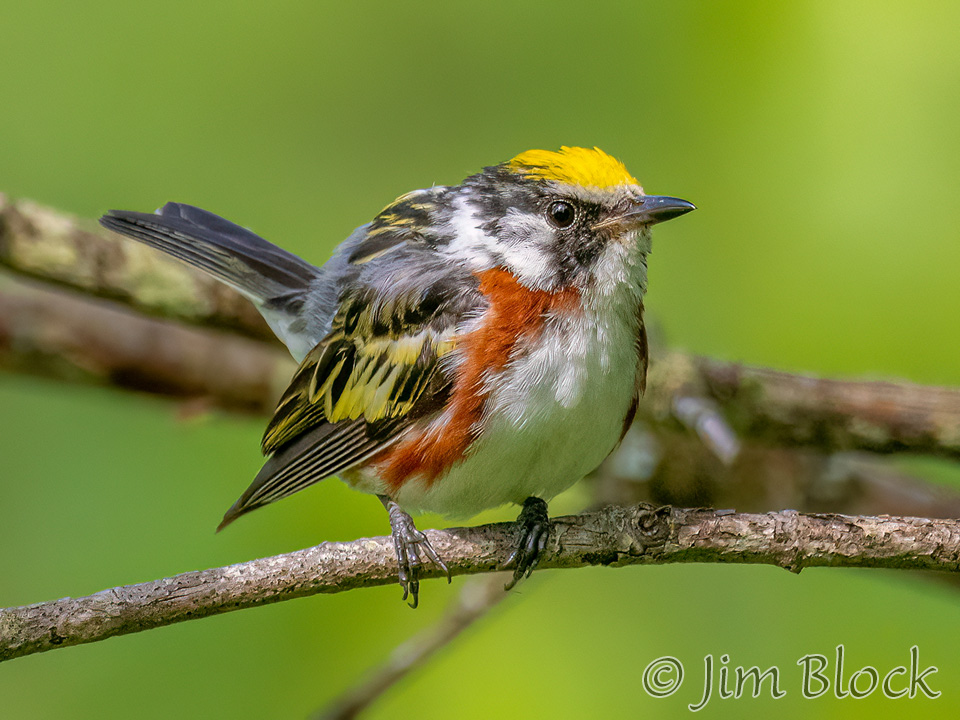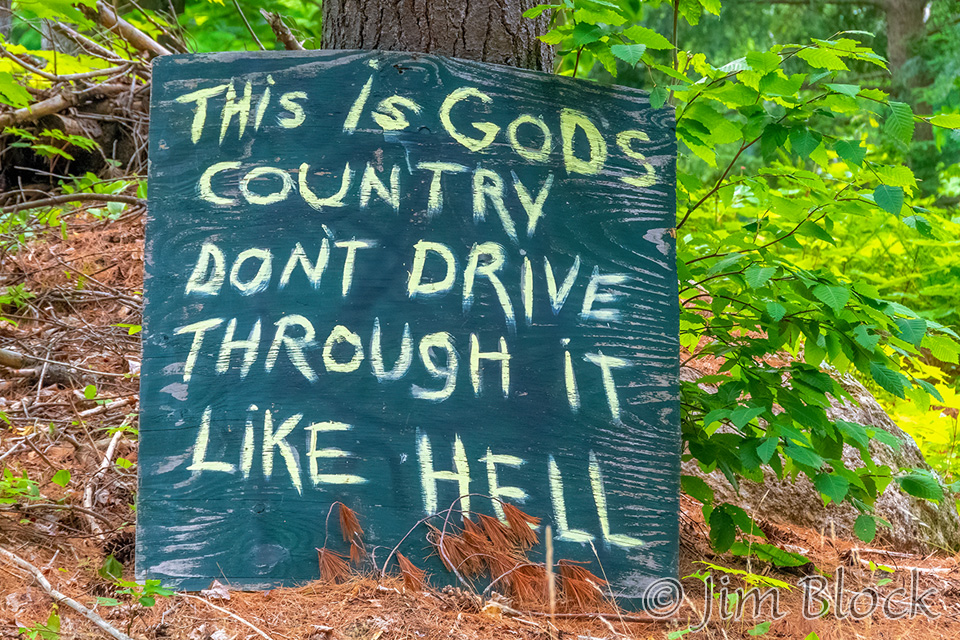It’s been a great summer so far. I spent the last month roaming between Hanover and New London, spending considerable time in Sunapee, and once venturing as far as Jefferson in the White Mountians for a hike. I photographed birds, insects, scenes, and more. I hope you enjoy the many photos here.
Hummingbirds – large and small
I was sitting quietly in the shade in our yard reading a book and trying to stay cool while keeping half an eye out for hummingbirds. Out of the corner of my eye, I saw a tiny hummingbird fly by. However, it was not a hummingbird but a moth. This insect acts just like a miniature hummingbird, darting around with rapidly beating wings (up to 70 beats per second) then hovering near flowers and drinking nectar. Jann thinks their bodies look like lobsters.
It was a Hummingbird Moth also known as a Hummingbird Clearwing Moth because of its transparent wings. Ruby-throated Hummingbirds can be up to 3 inches long. Hummingbird moths are much smaller at about 1½ to 2 inches long.
The moth only stayed for a few minutes and ignored our flowers, choosing instead to hover and sit on some leaves. I got a quick photo. Under its nose you can see a bit of its black proboscis curled up. It is extended when drinking nectar.

Encouraged by this sighting and remembering they sometimes frequent the garden at Colby–Sawyer College, I travelled to New London four days later and found one on a 6 foot tall wild bergamot bush. Here you can see its extended proboscis.

Here are some of the photos I took during that visit.
I visited the garden again two days later and took many photos. Hummingbird moths move very fast, so the vast majority of the photos I took were quickly deleted after all were downloaded. I do not delete in-camera. That would take me away from photographing, and mistakes can happen. Here are a dozen more photos.
During my final visit a few days ago, I photographed a hummingbird moth with a skipper trying to imitate it. The skipper is a butterfly.
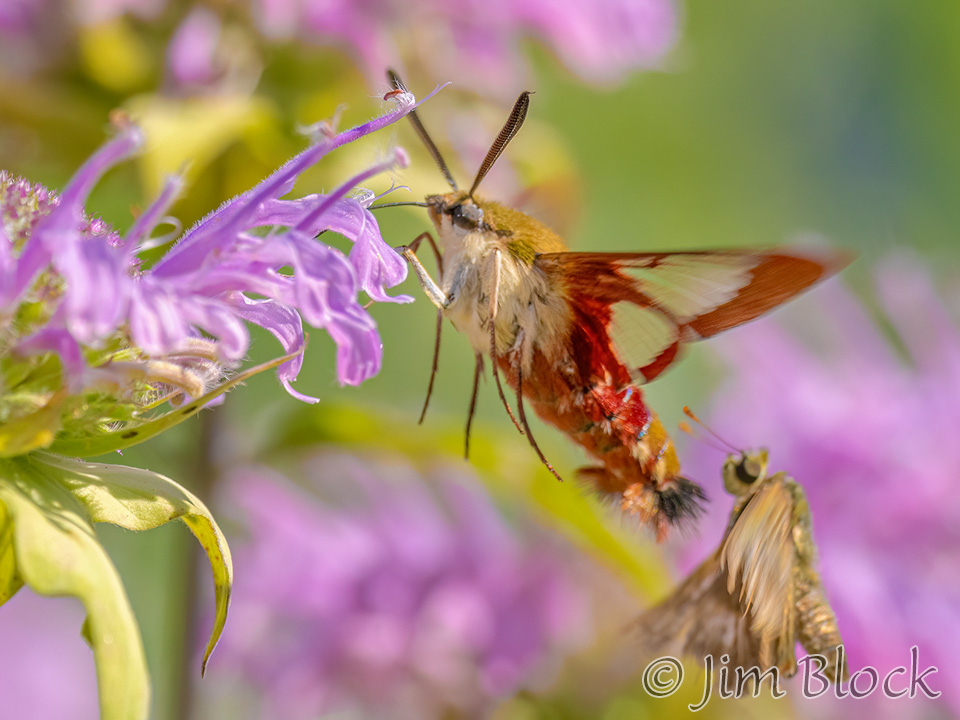
Jann and I actually saw four hummingbird clearwings that trip. Two of them were on bee balm. Here are seven more photos of this amazing insect.
Of course, while I was sitting reading in our yard, some Ruby-throated Hummingbirds would occasionally come by. Most of the following photos were taken in our yard, but some were taken in the garden at Colby-Sawyer in New London.
Great Blue Herons
Ten days after I photographed a feeding frenzy at a Great Blue Heron nest, I returned to find that the young herons had fledged. Fortunately, they were still in trees near the nest. I photographed them for around ten minutes before they eventually flew across the marsh.


I scanned the marsh with my camera and saw Great Blue Herons flying back-and-forth. There were at least two and perhaps four individuals. After about a minute they were all gone. Here are a few of the photos I took as they flew along the far edge of the marsh.
In Sunapee, I photographed two different Great Blue Herons on two different docks, both with my short walk-around lens.


Also in Sunapee, and also with only a fairly short lens on my camera, I spotted a Great Blue Heron flying into a tree. I took a couple of photos before it flew.

Here are six photos of its flight.
When I fortunately had a long lens with me, I spotted a Great Blue Heron fishing on some rocks.

It dove into the water and then flew back onto the rocks. I believe it was unsuccessful in grabbing a fish.
It shook violently to rid itself of the water.
The Great Blue Heron stood tall on the rocks, still slightly wet, before it departed.

Birds
I didn’t move very much while photographing the herons and hummingbirds. But for other birds I travelled and walked around quite a bit. I photograph birds in Sunapee, Newport, Sutton, New London, and Washington.
In Sunapee, I spotted an Osprey in a tree. And then it flew. Here are six photos of the Osprey.
In Newport, I observed an American Redstart grabbing and eating an insect, a Red-eyed Vireo, and an Eastern Phoebe posing on two unnatural objects. I also saw a Gray Catbird, Chestnut-sided Warbler, and Common Yellowthroat.
In Sunapee, There was a chickadee with an insect, a pair of Black-capped Chickadees having a discussion, and what appears to be an immature chickadee. Also in Sunapee: House Wren, Chestnut-sided Warbler, Common Yellowthroat, Pine Warbler, Downy Woodpecker, and a rather strange-looking immature American Redstart.
Walking with Jann near Kezar Lake in Sutton, I was able to capture a Black-and-White Warbler with a short lens.

A Gray Catbird was also in Sutton.

At Musterfield Farm in Sutton, Steve showed me a bird’s nest in a field of squash. Since a Song Sparrow was hanging out very near the nest, I am fairly certain the nest contained young Song Sparrows. The two nest photos were taken 5 days apart. They grow fast.



I mostly visited the garden at Colby-Sawyer to photograph hummingbird moths, but while there I managed to capture a Gray Catbird, Northern Cardinal, and Cedar Waxwing.

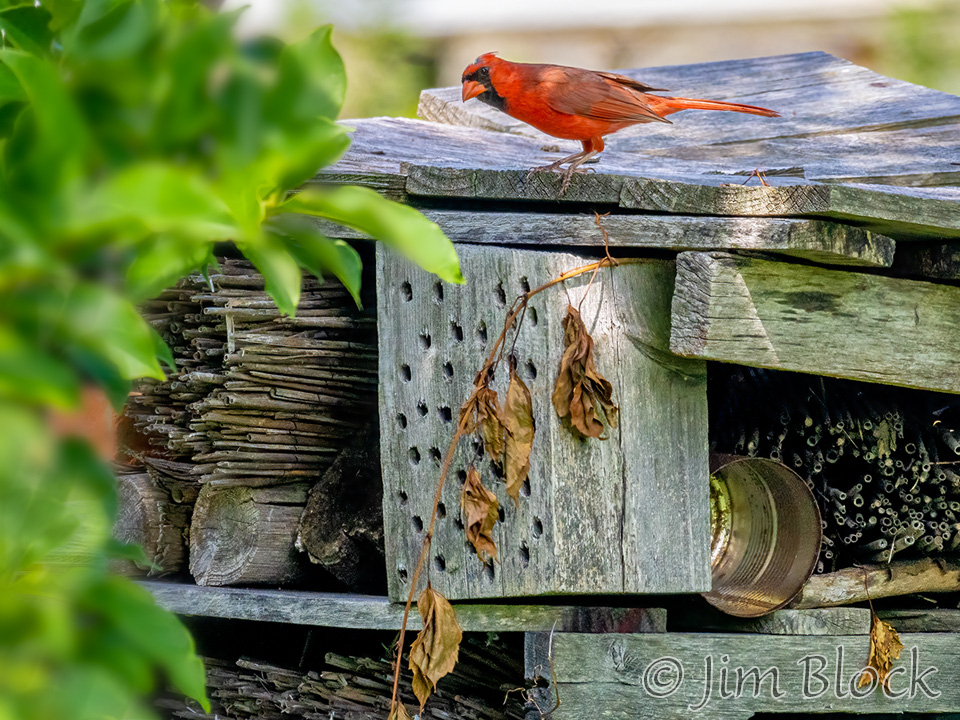

What is this large sparrow?

It is actually not a sparrow but a Red-winged Blackbird. It does not look like one you might recognize because it is a female.
Here is the male.


These birds were photographed at Pillsbury State Park in Washington. While there I also photographed a male and female Purple Finch.


Butterflies
The garden at Colby-Sawyer was an excellent place to get some photographs of butterflies. Here are two Monarchs.


I also found a Tiger Swallowtail.

And some beautiful Black Swallowtails.



I also photographed a Great Spangled Fritillary in the garden. Here are two photos.
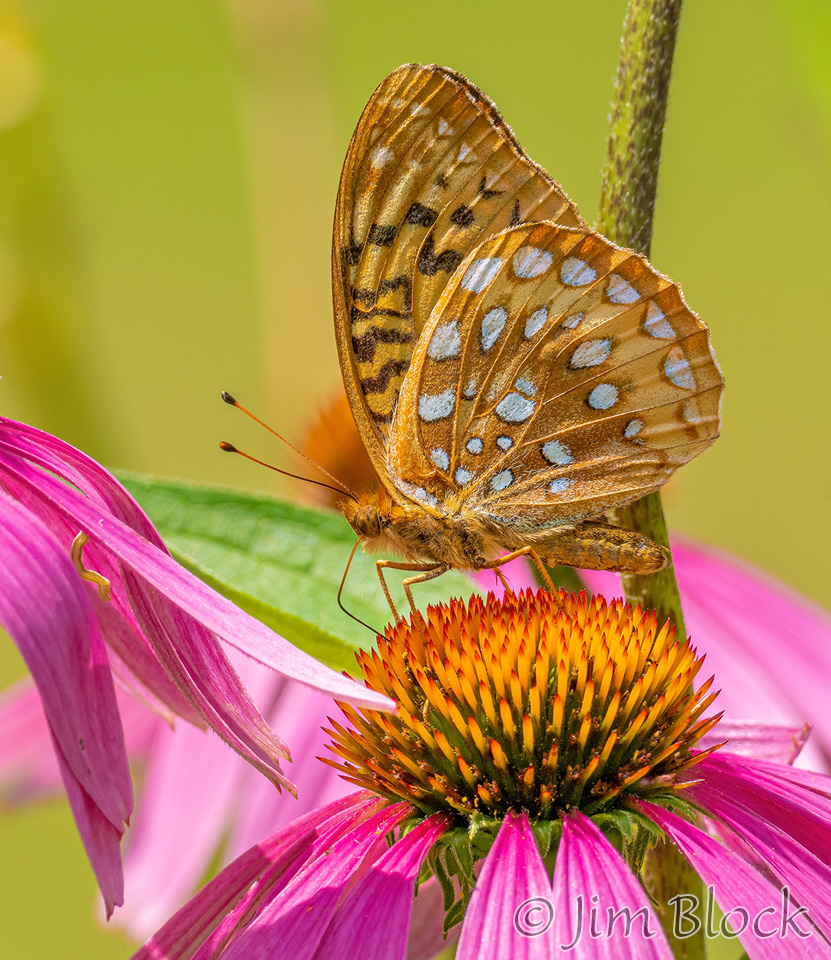

There was an American Lady butterfly on a coneflower. Here are three photos, one with a bumblebee also working the same flower.

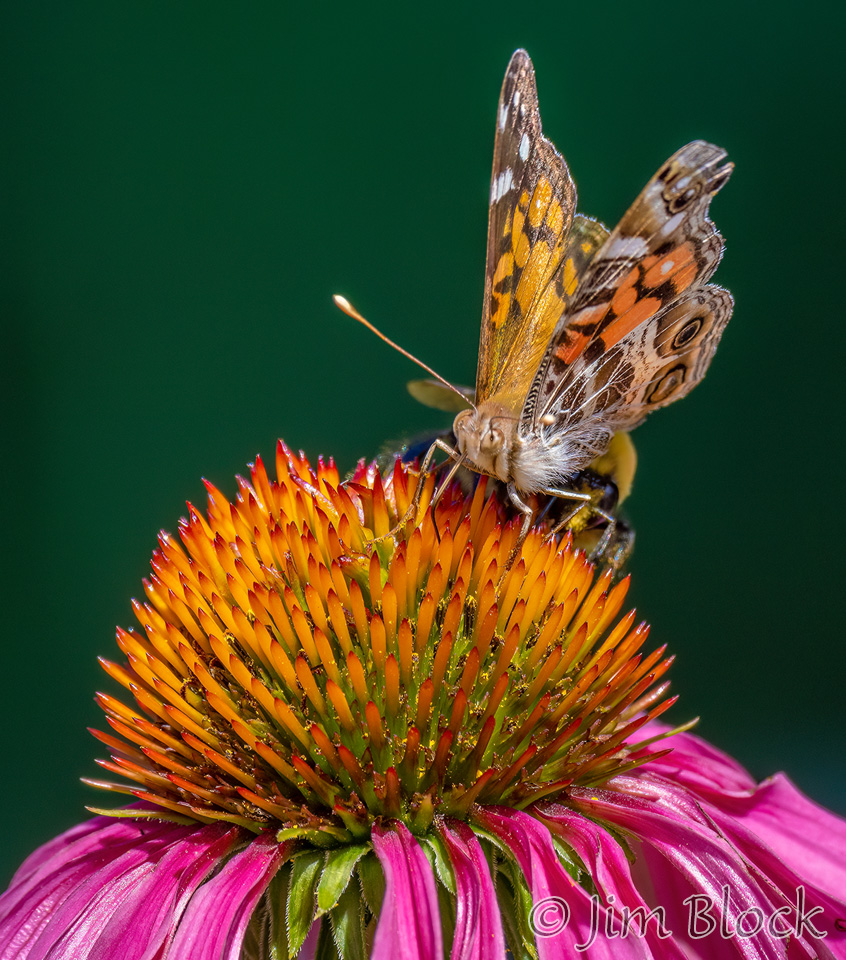

I photographed a Silver-spotted Skipper up close as it was sucking nectar from a flower.

Also in the garden were Cabbage White butterflies.


And finally, a Tawny-edged Skipper at Colby-Sawyer.
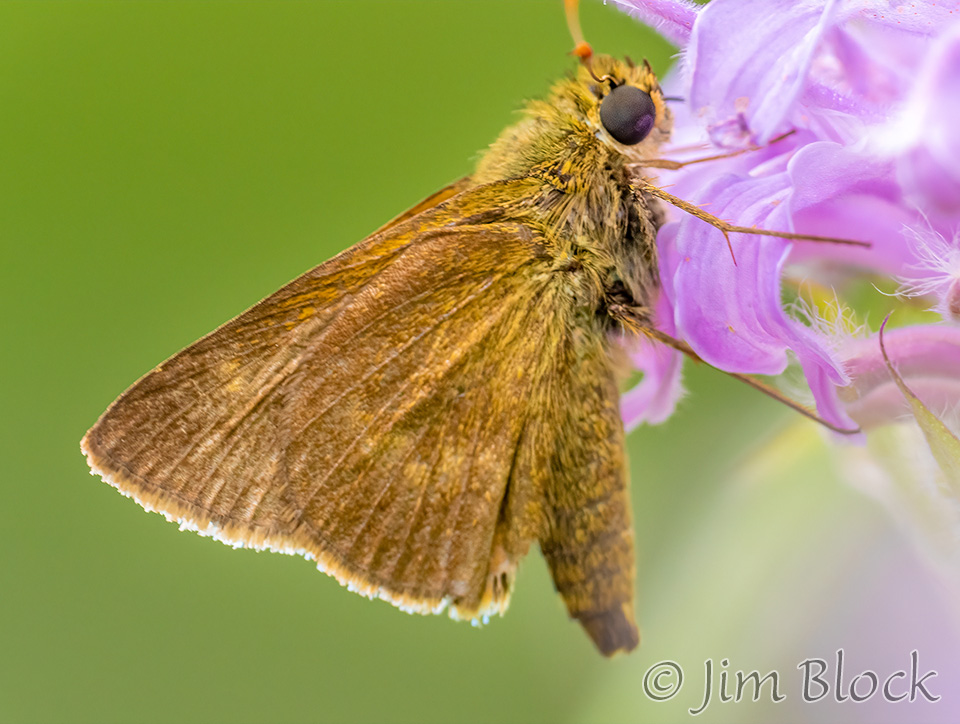
I also found Tawny-edged Skippers in Sutton.


Starr King and Mount Waumek
Three of us and a chocolate lab hiked to a wonderful viewpoint near the summit of Starr King in Jefferson. It was a beautiful summer day. We left the trailhead at 7 AM. My alarm went off at 3:30. Before a hike, I like to have a full breakfast. For both safety and temperature reasons, we like to get an early start.
Leaving early allowed me to get a photo of the colorful clouds above a foggy field in Danbury.

Here are two views from the open area near the summit of Starr King where a cabin once stood. The mountains in the background are the Presidentials.
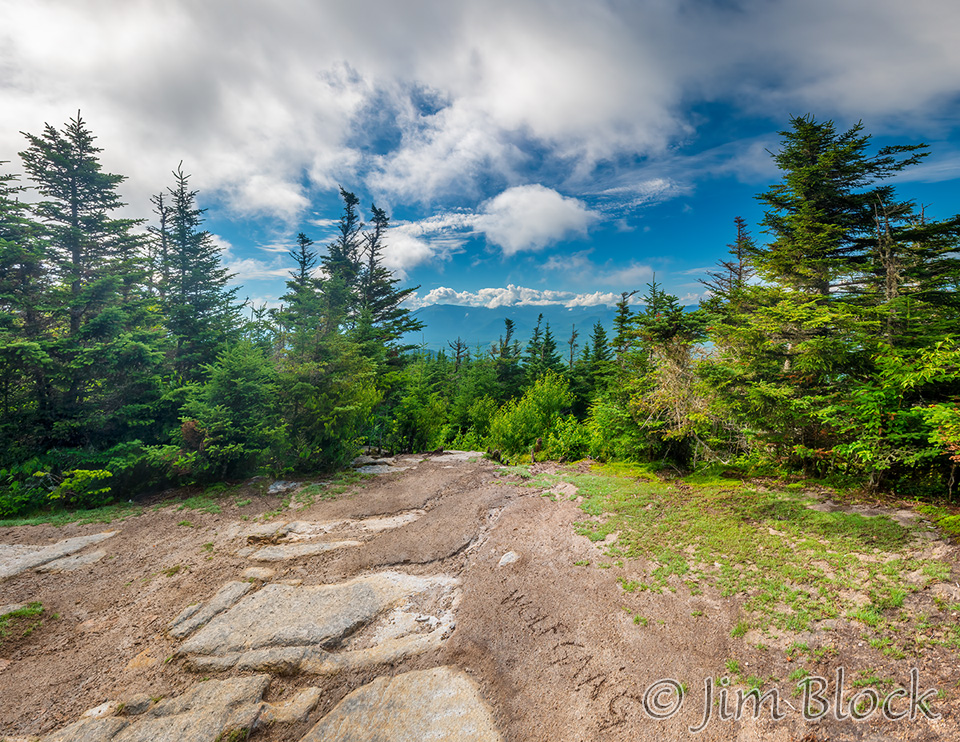

Here is a closer look with three of the peaks labeled.

And here is a close-up of Mount Washington in the clouds from the same clearing just below the summit.

The only thing left of the cabin is a fireplace.

We continued on to Mount Waumbek whose summit is just above 4000 feet. There was really no view from the summit, but continuing along the trail a short distance, we were able to get this view of the Presidentials.

Here are four more photos I took along the Starr King Trail.
This hike was surprisingly punishing to my calves and thighs. My legs felt like rubber the last mile down. That evening they were fine, but the next morning they were quite sore. Here is a view of the Presidentials from Route 115A in Jefferson as I drove home.

Deer in Etna
I was walking slowly with camera through a milkweed patch in our backyard noticing that it looked like someone had trampled down a path earlier. Suddenly from a few yards in front of me, something bolted out of the milkweed and scurried about 10 yards away. It was a deer fawn, still spotted. It stood and posed for quite a while, examining me and wondering why I woke it from its nap. Then it bounded off into the woods.
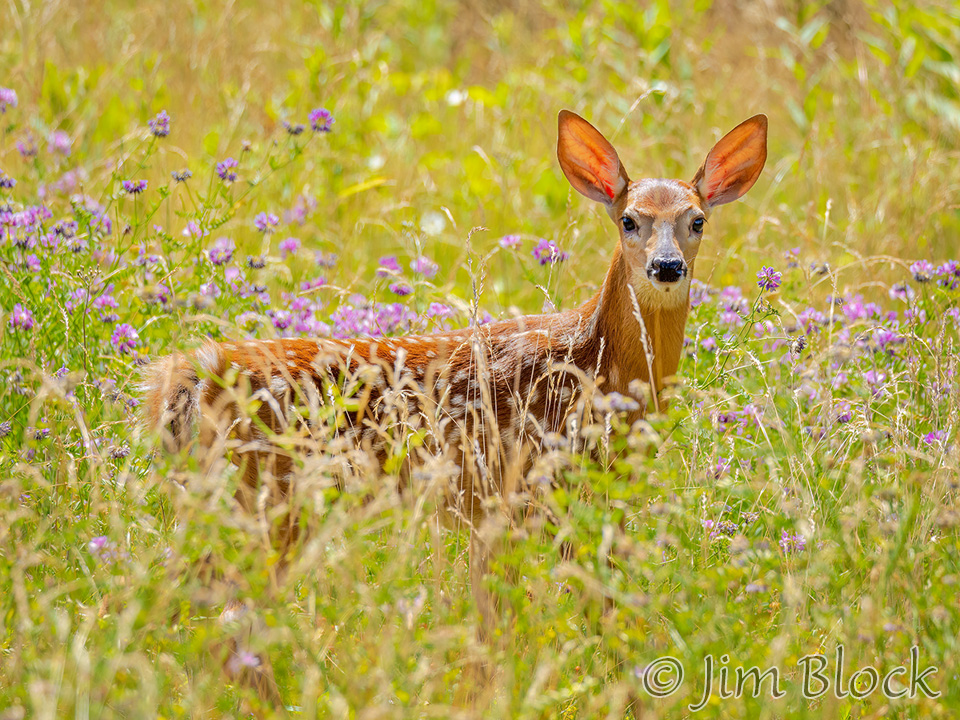


Sixteen days later as I was beginning the hike up Mount Waumbek, Jann spotted two young deer in our yard. She grabbed a camera I had left for her and took a few photos.

The mother arrived and one fawn came over for some attention.
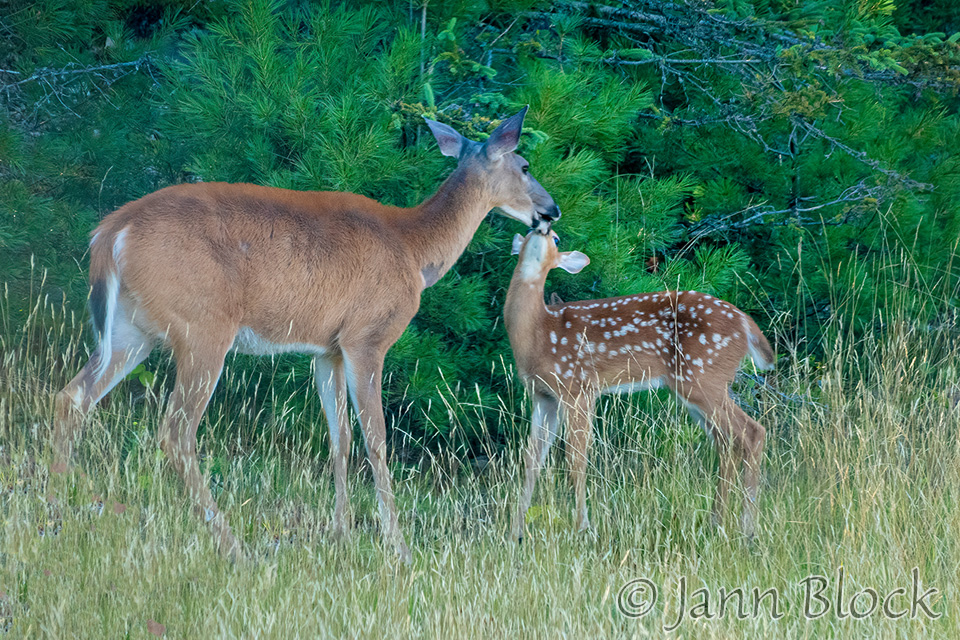

Esther Currier again
I paid an early morning visit to Esther Currier WMA in New London. Here is Cascade Brook draining Beaver Pond.

The 18-photo panorama below of Beaver Pond shows Whirligig beetles in the water near the bottom lower left. They are set off nicely by reflections of the white clouds. Those of you viewing this on a phone (sigh) will probably not be able to see them.

Here is a close-up view of these creatures in the Genus Dineutus.

Finally, here is another view of Beaver Pond.

Some miscellaneous photos
Polypodies are one of my favorite ferns. They love rocks. If you see a fern growing on a rock, it is most likely a polypody.

Rock Tripe also grows on rocks. This fungus is edible when properly prepared. I like it for its pattern and colors.


I photographed two white plants in Sunapee. Here is Gooseneck Loosestrife. I love the repetitive pattern.

Indian Pipe is a plant that has no chlorophyll. The flowers gradually face upward when pollinated by an insect. Other common names for this plant include Indianpipe, Indian-pipe, One-flower Indian Pipe, Ghost Plant, Corpse Plant, Ghost Pipe, Ghost Flower, Ice Plant, and Bird’s Nest. But it has a single Latin name, Monotropa uniflora.

Lake Sunapee was quite calm at 7 AM, as seen in this view from Newbury Beach.

Below are two photos of the Milky Way over Lake Sunapee taken 10 days apart. The mountain to the left is Mount Sunapee.


Last year I posted a blog showing the arrival of the Lake Queen to Sunapee. Here are two photos of a late evening cruise a few days ago.


Finally, some random photos from New London, Sunapee, and Bradford. The last photo shows two men riding foilboards. Foilboards look like fun. I was thinking, maybe if they cost less than $1000 I might … Turns out they are $6000 and up. Oh, well.


